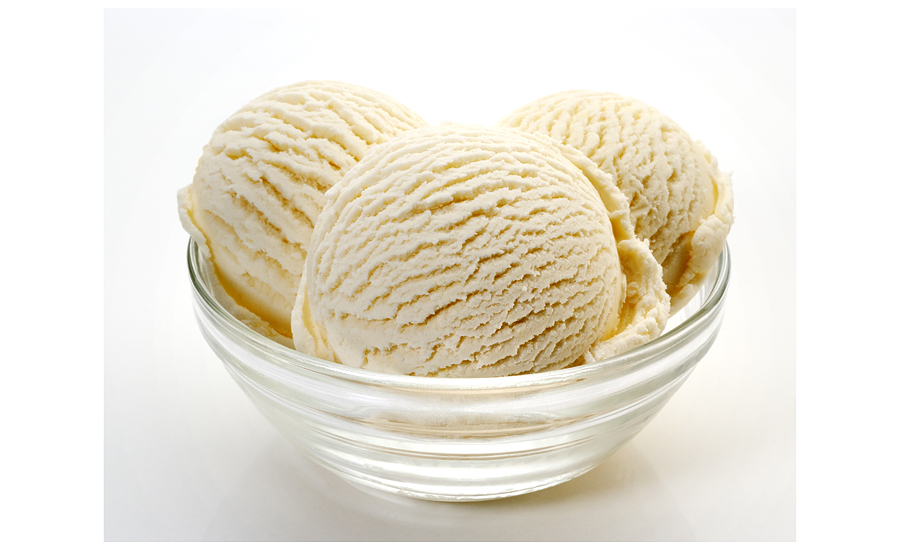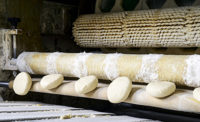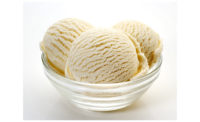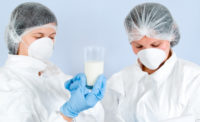Study: Organic ice cream market to accrue substantial gains by 2025
Rapid technological advancements in refrigerated transport systems, cold chain infrastructure, equipment and storage facilities will foster new opportunities for the industry landscape.

The organic ice cream market is in position to accrue substantial gains by 2025, according to a report published by Global Market Insights, Shelbyville, Del.
Factors such as increase in health-conscious consumers, change in preferences for nutrient-rich products and the rapid rise in product adoption for sweetening agents, sorbets, shakes and smoothies are anticipated to boost the demand for organic ice cream across artisanal, impulse and take-home products.
Rapid technological advancements in refrigerated transport systems, cold chain infrastructure, equipment and storage facilities will foster new opportunities for the industry landscape. Favorable federal direct investment (FDI) policies across India, Brazil, China, Australia and New Zealand along with the presence of extensive distribution platforms also increases demand for organic ice cream in retail grocery outlets and stores.
Increased consumer spending on healthy products, including indulgent and premium quality ice cream will provide a strong business outlook for the organic ice cream market. Upsurge in the demand for homemade products owing to easy preparation methods and the presence of widespread marketing channels will positively influence industry growth.
On the other hand, stringent regulations pertaining to standardizing of ingredients used in the preparation of ice cream for balancing the fat, sugar and protein level will steer the product demand. And, R&D investments required for the development of the product, limited availability and higher prices compared to the other counterparts may hamper the overall organic ice cream market.
Take-home organic ice cream dominated market share, accounting for over 50% of the overall demand in 2018. Increased demand for pints and bulk pack ice creams will steer product demand through 2025. Moreover, rising product applications for the preparation of sorbets and cakes has positively boosted demand across the trade food segment, thereby promulgating the overall industry size.
Impulse segment is anticipated to witness significant gains at over 4.5% annually through 2025. Increasing demand for cones, sandwiches, bars and ice popsicles especially among young populace will boost the demand for the product. Rising health awareness among the geriatric population has enabled the manufacturers to launch products containing higher amount of natural ingredients with fewer calorie content.
Cream accounted for more than 40% of the global organic ice cream industry share in 2018. Key benefits include improved viscosity, prevention from milk allergies, better foam stability and easy availability. Moreover, rising demand for high butterfat products containing fat-soluble vitamins will further boost segment growth.
Skim milk is projected to grow at over 4.5% CAGR through 2025. Shifting trends of product manufacturers toward utilization of skim milk is anticipated to witness an upsurge in demand owing to the rise in dietary recommendations for the consumption of low-fat products. Moreover, rising consumer awareness pertaining to the consumption of vitamins and mineral-rich foods will further boost segment growth.
Vanilla accounted for more than 25% of the global organic ice cream market share in 2018.
Yet, Butter Pecan is projected to grow with a CAGR at around 4.5% through 2025. Popularity of butter pecan is projected to rise owing to several health benefits, including prevention of heart disease, cardiac arrest, cancer, etc. Plus, increased consumption of butter pecan-flavored products across the North American and European regions has resulted in upsurge in the demand in ice cream, cookies and cake products.
Hypermarkets and supermarkets accounted for over 40% of the global organic ice cream market share in 2018. Factors such as easy accessibility and heavy discounts offered by the supermarkets encouraged consumers to purchase organic ice cream from such distribution channels, thereby steering the segment growth. Additionally, hypermarkets and supermarkets are launching their own ‘”in-house” brands with organic ingredients.
On trade is projected to witness over 4.5% CAGR through 2025. The segment is expected to witness heavy gains owing to significant demand of natural ingredients. Rapid rise in the number of hotels, coffee shops, eateries, frozen yogurt outlets, clubs, parlors and restaurants are a result of increased intake of after-meal dessert products.
Paper and paperboard packaging accounted for more than 40% of the global organic ice cream market share in 2018. Growing use of renewable paper and board packaging made up of sugarcane-based polyethylene is anticipated to boost segment growth. Additionally, recent trends toward use of recyclable paperboard are making bundling and packaging easier and help in maintaining freshness in cooler domains.
Rigid plastics packaging is projected to witness around 4.5% CAGR through 2025. Key benefits include better protection, durability and higher withstanding ability compared to other packaging options. Manufacturers find rigid plastics to be convenient for printing, decoration and color selection options, thereby supplementing the growth of the segment in coming years.
North America accounted for more than 40% of the overall organic ice cream industry share in 2018. Growing inclination toward organic food products coupled with improved and well-established distribution network in the United States and Canada will support industry growth. Increase in consumption of canned and packaged products across the United States will further enhance industry size.
European organic ice cream demand is anticipated to surpass 85 kilo tons through 2025. Rapid technological developments in terms of commercial refrigerators, cold chain infrastructure transport and freezing equipment will propel industry growth over the coming years. Shifting preference toward healthier options coupled with increase in the consumption of impulse and take-home ice cream will further promulgate the overall market growth across the region.
Looking for a reprint of this article?
From high-res PDFs to custom plaques, order your copy today!





